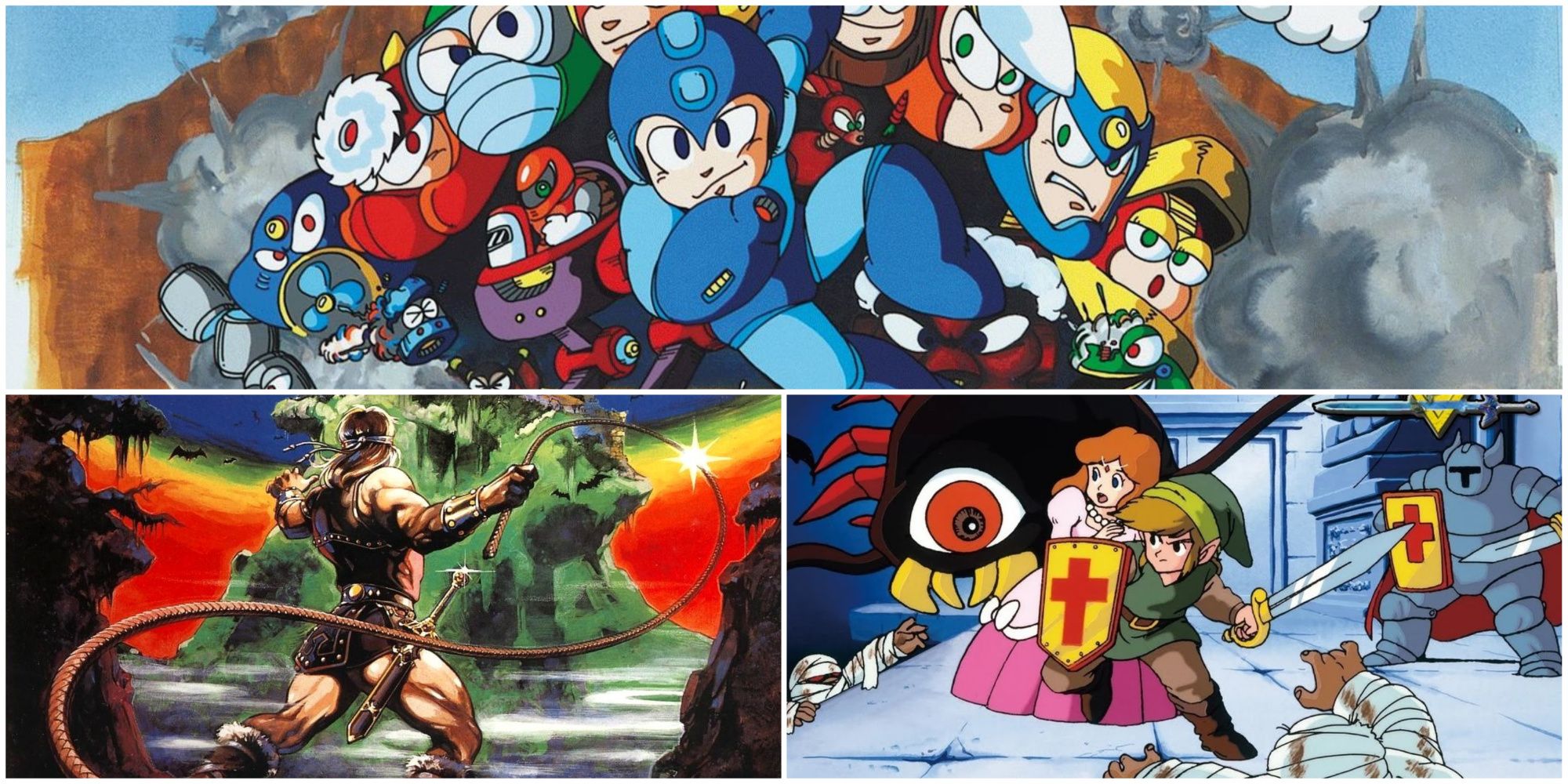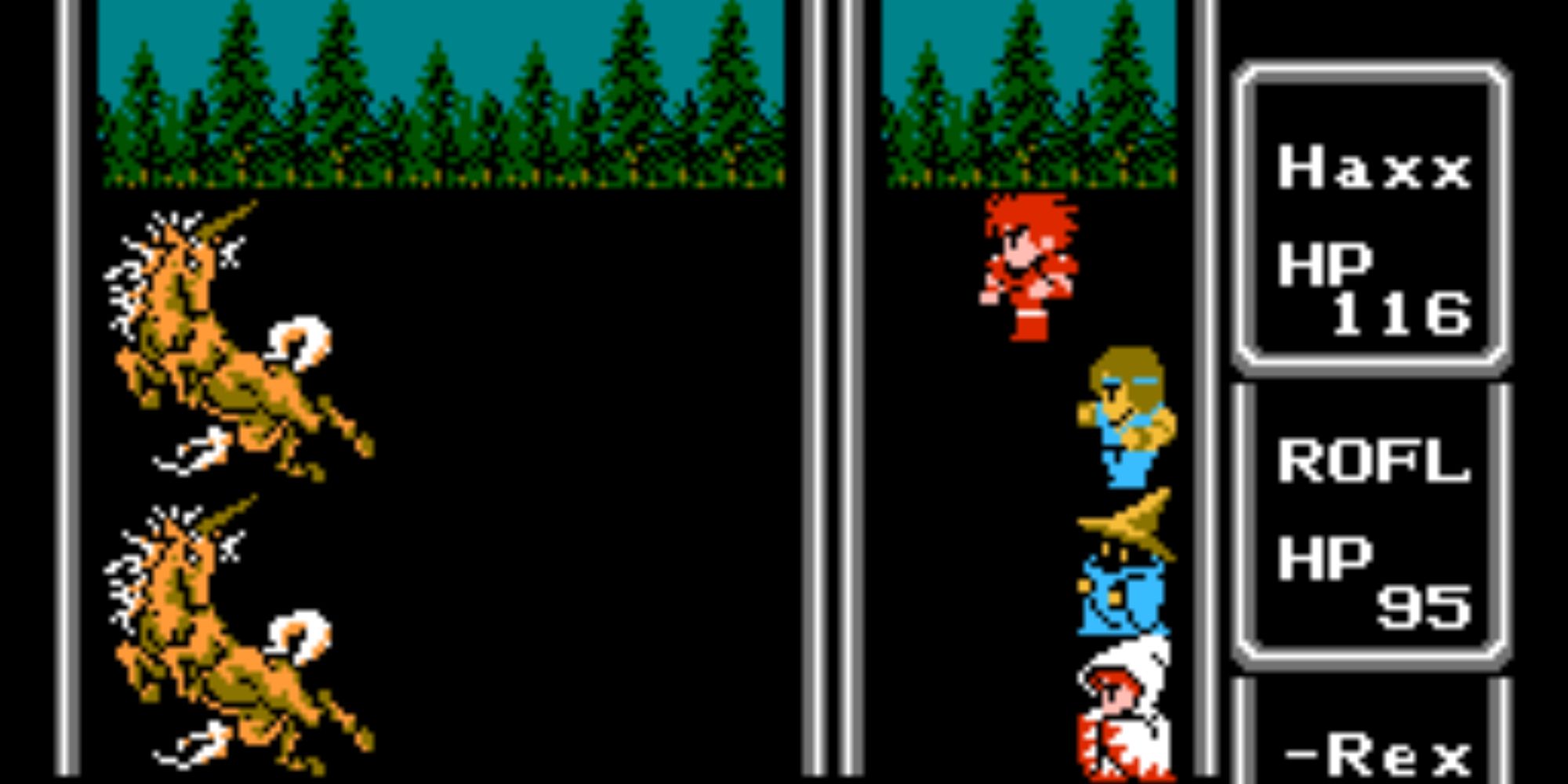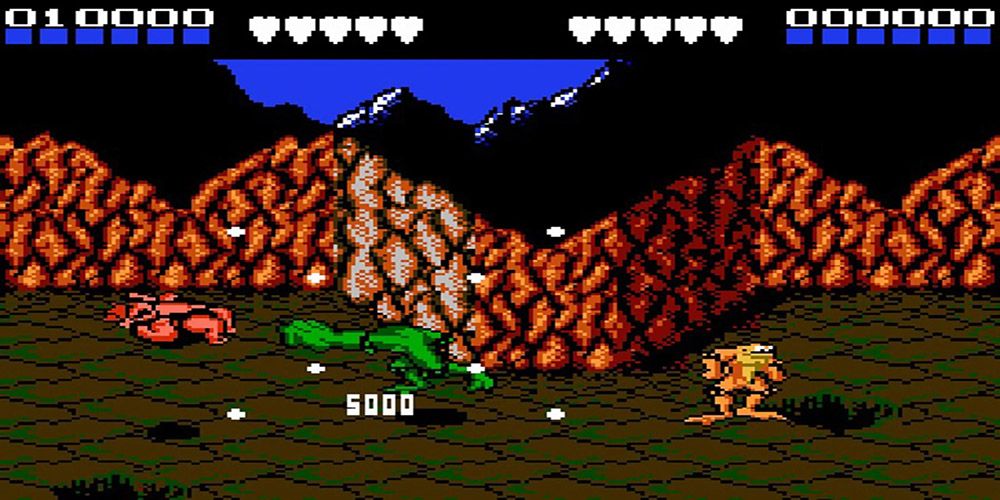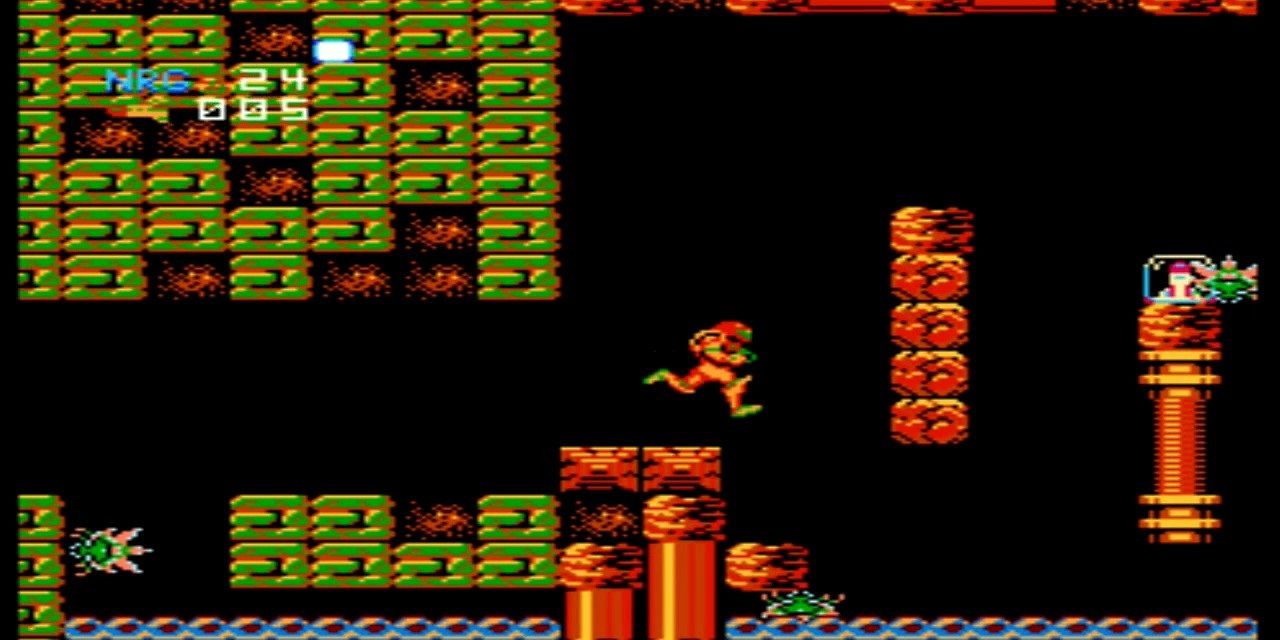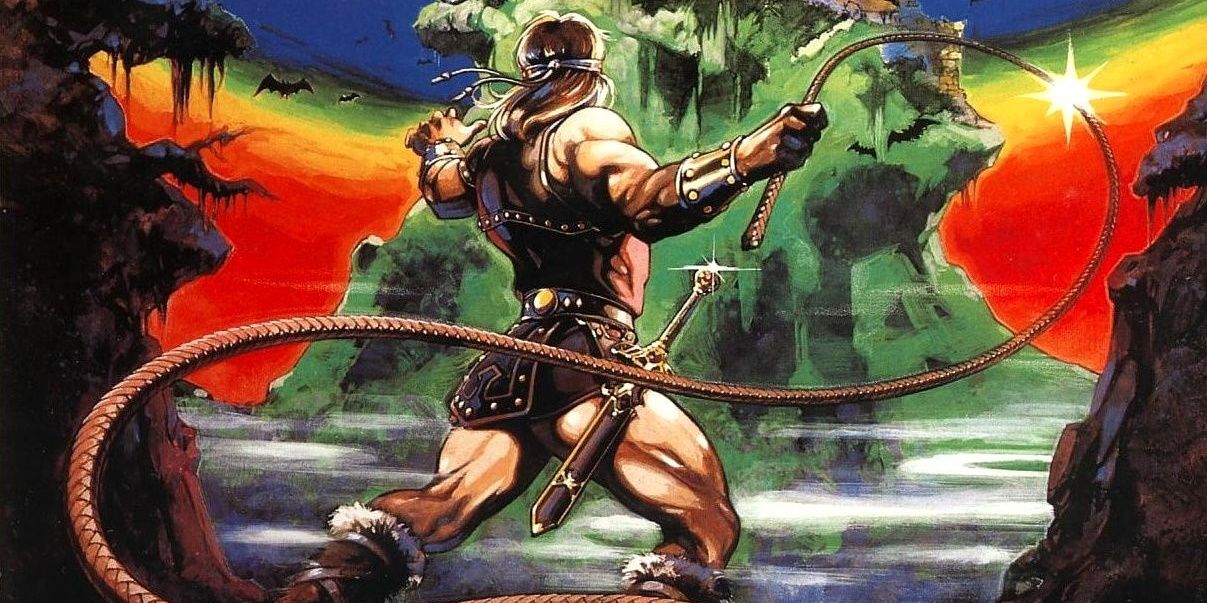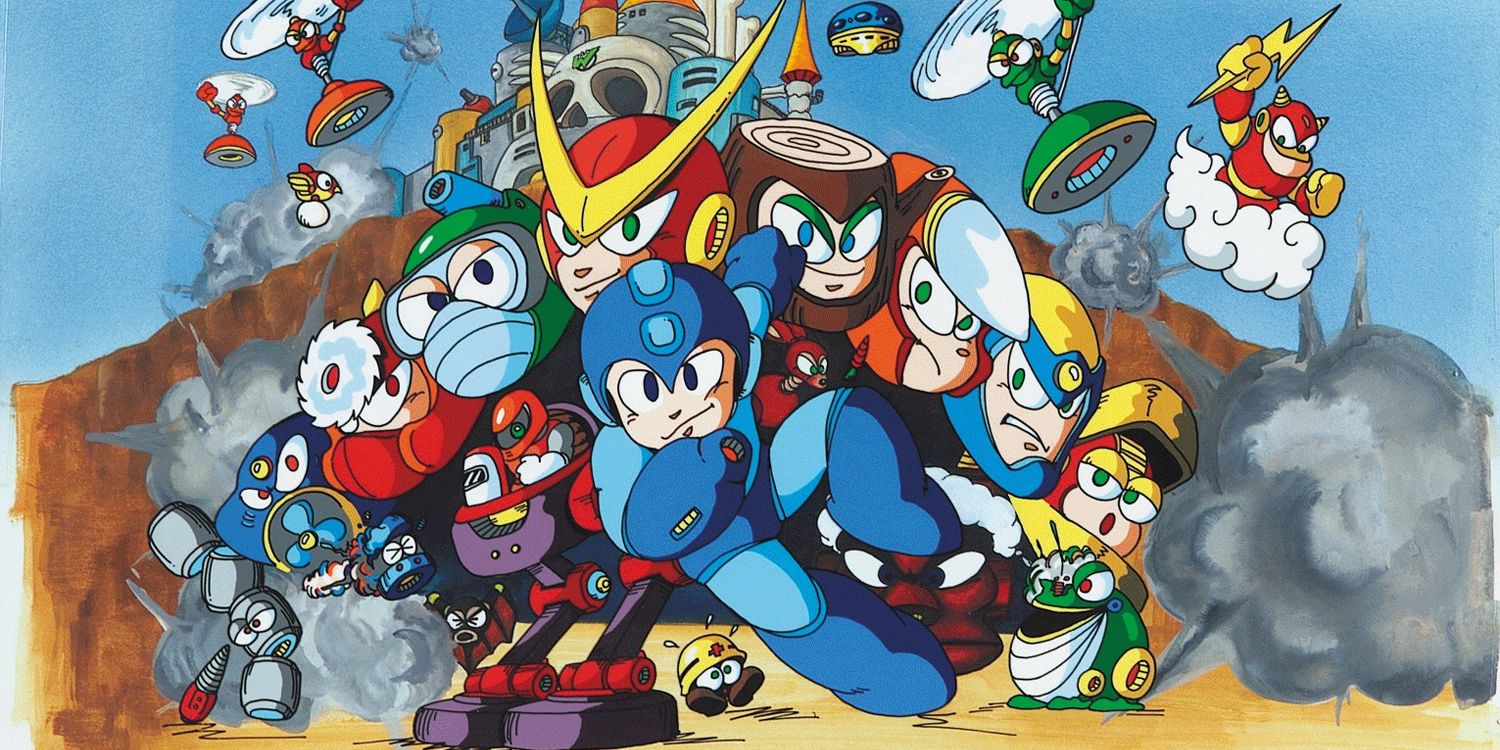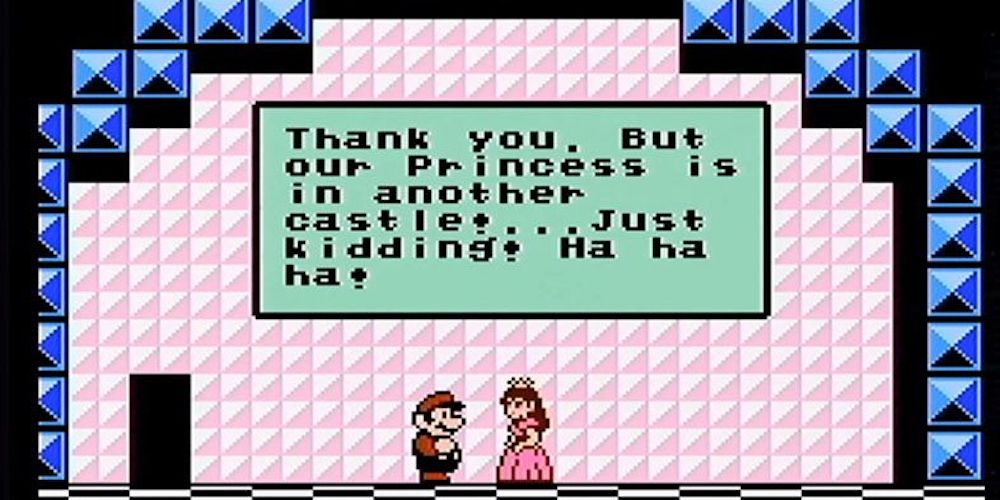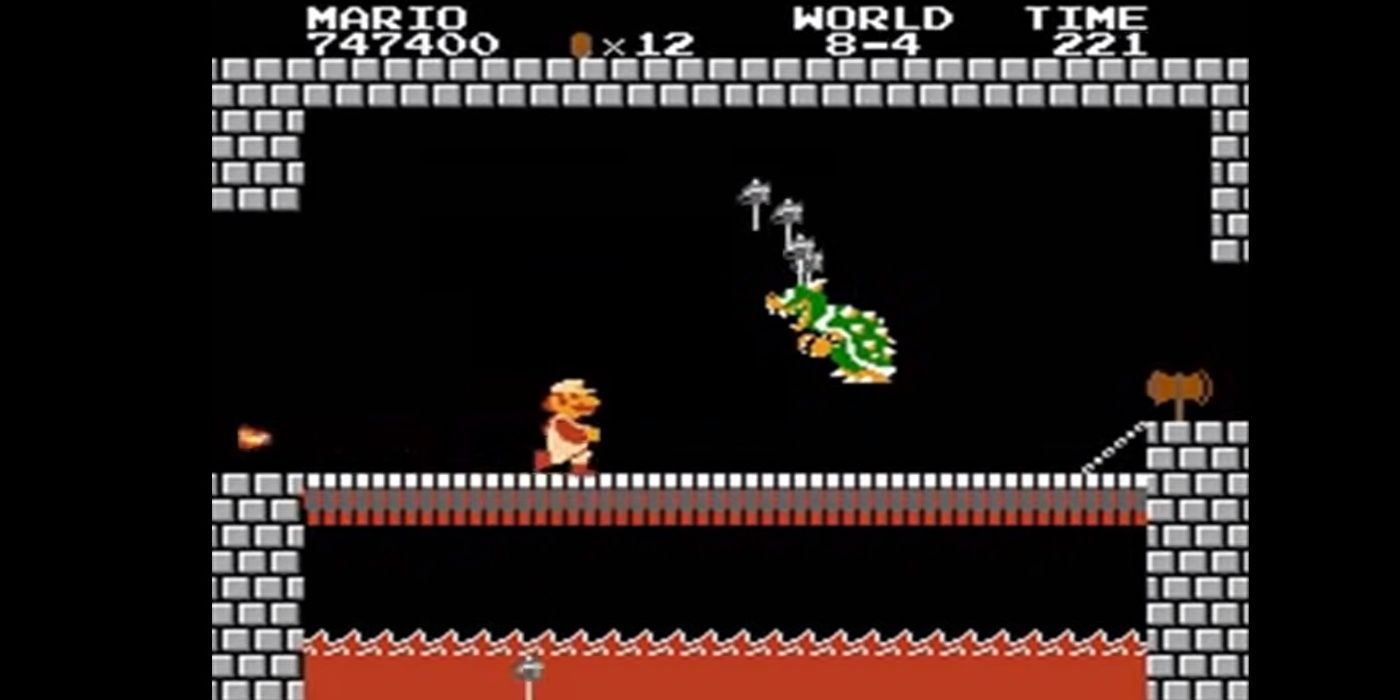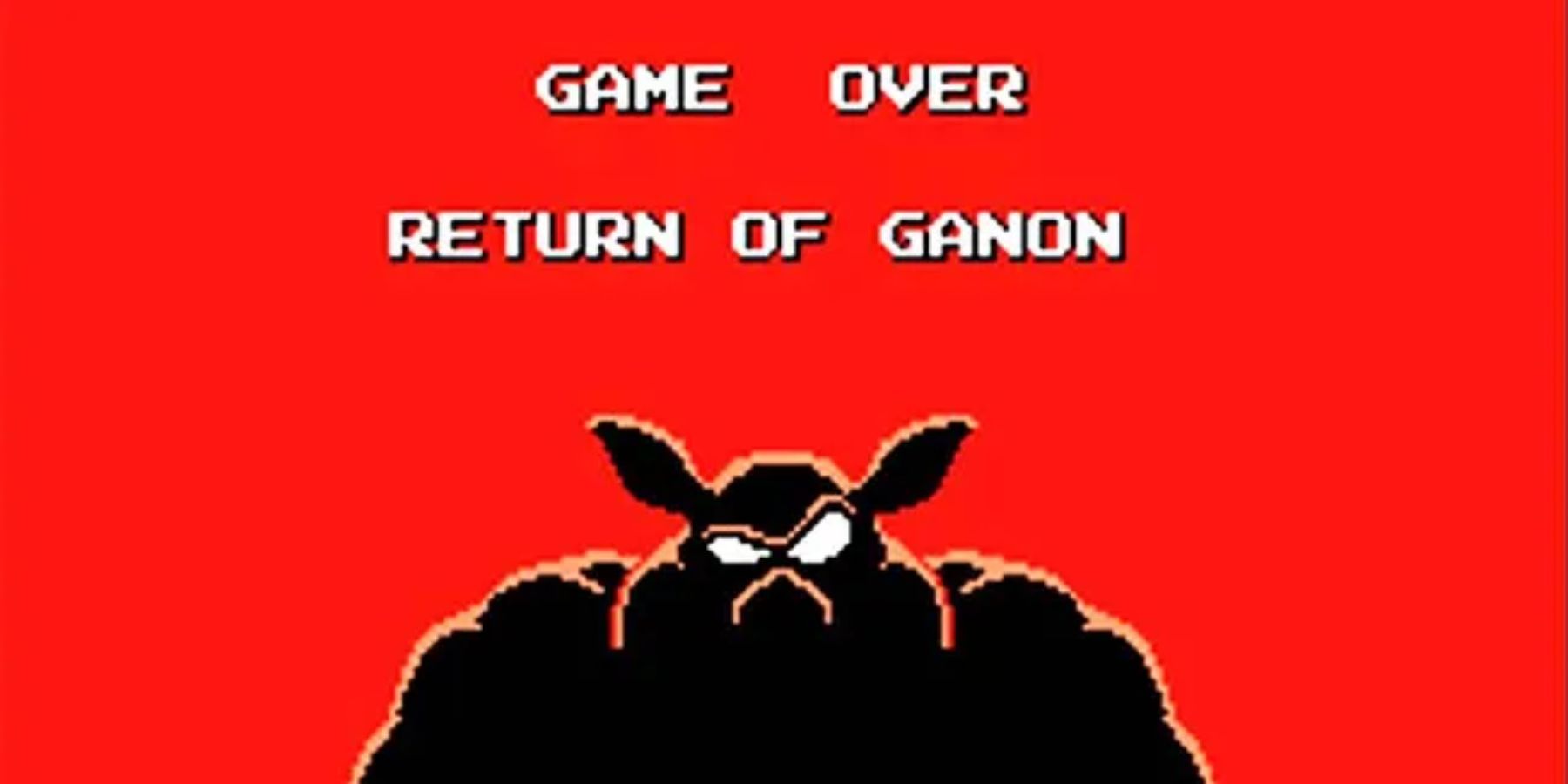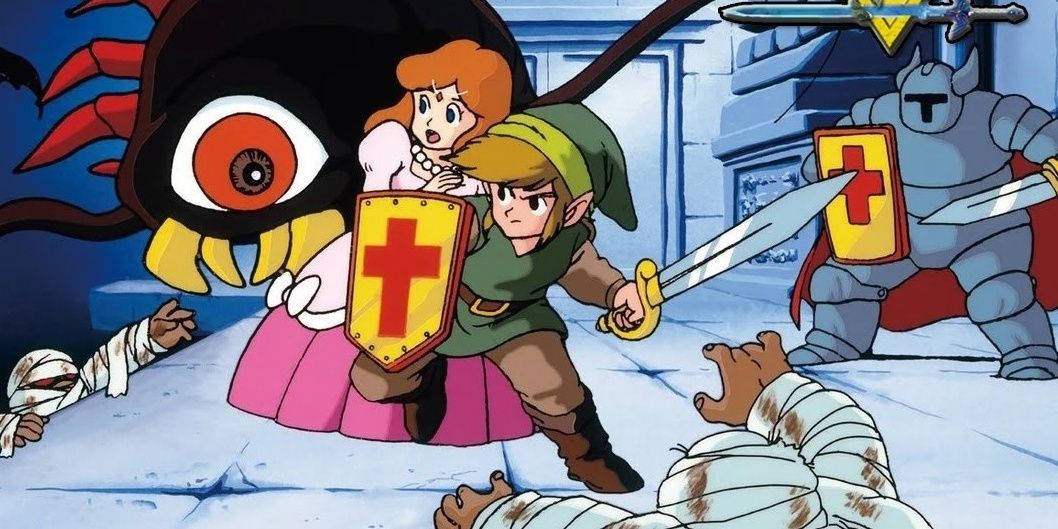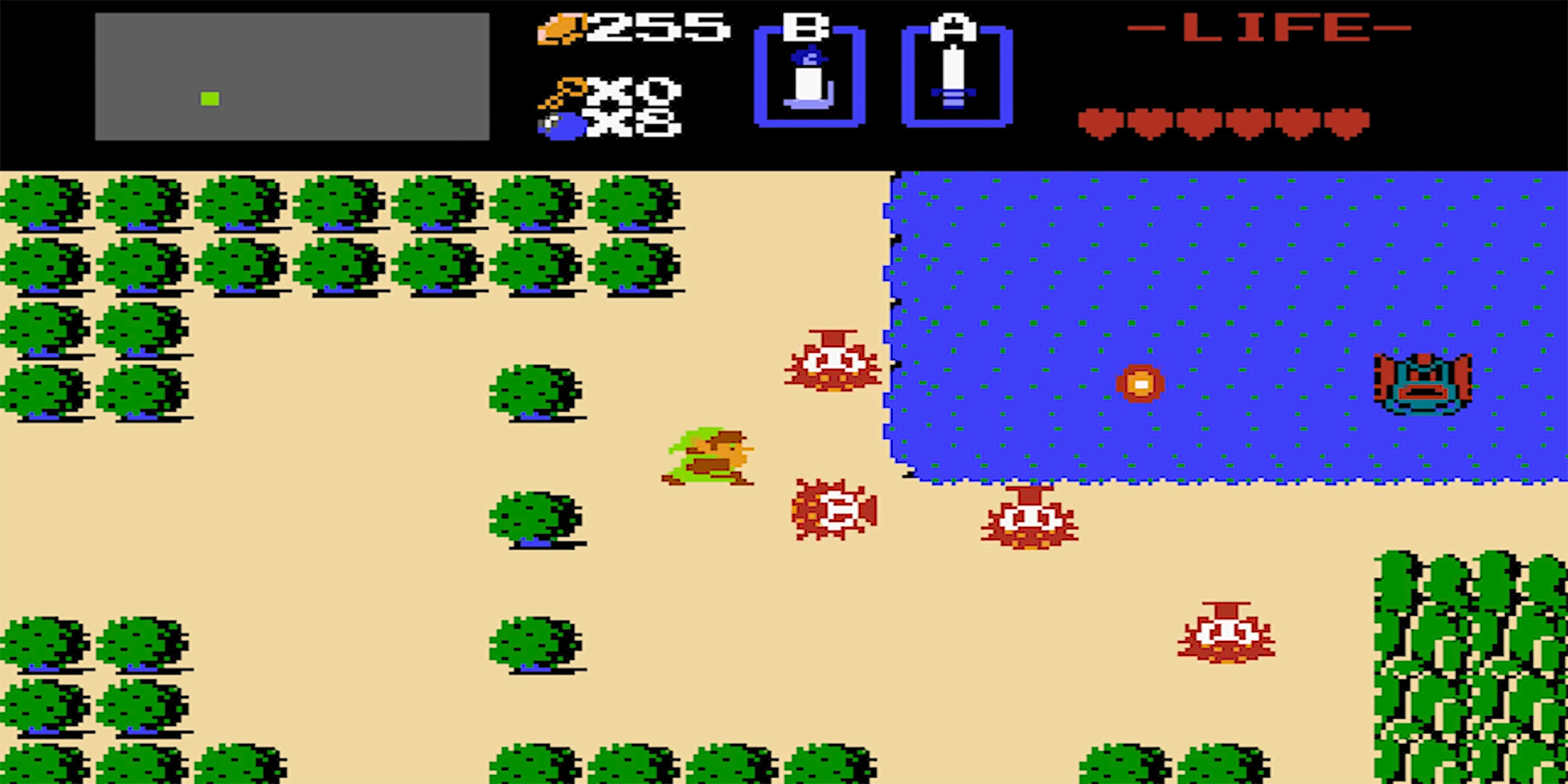Highlights
- The Warriors of Light from Final Fantasy 1 became emblems of the series, despite having less narrative than the villain, Garland.
- Samus Aran from Metroid was unique as a playable female lead and inspired by Ripley from the Alien movies.
- Whilst Mario didn't originate on the NES, his new friends and enemies came from the console.
The NES is one of the most iconic video game consoles in the world. It changed Nintendo from a company that made all sorts of novelties to a by-word for video games as a whole. That’s not to mention it introduced a whole host of characters that would become pop culture icons, all thanks to their origins in the Nintendo Entertainment System.
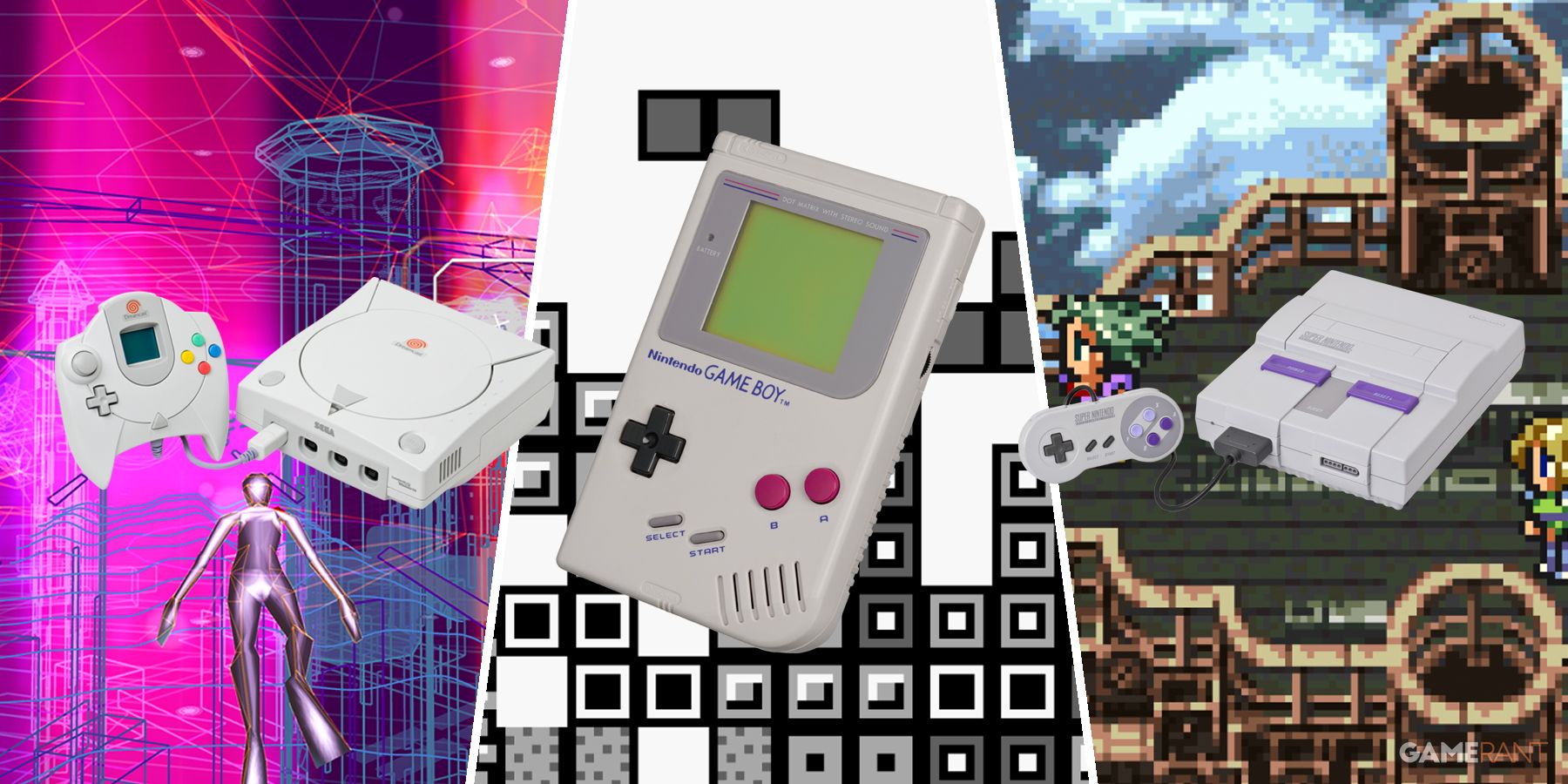
The 12 Best Video Game Consoles of All Time, Ranked
The best video game consoles left behind a lasting legacy thanks to their fantastic libraries and the innovation that they brought to the industry.
However, not all of them originated on Nintendo’s gray toaster. The Mario Bros. came from the arcades, as did Little Mac from Punch-Out. The arcade version of Ninja Gaiden also introduced Ryu Hayabusa before the better NES game. But there are still plenty of others that made their first splash on Nintendo's first console.
10 The Warriors of Light
Final Fantasy (1987)
- Platform(s)
- Nintendo Entertainment System , PC , PS1 , PS4 , PSP , WonderSwan , Nintendo Game Boy Advance , Android , iOS
- Released
- December 18, 1987
- Developer(s)
- Square
- Genre(s)
- JRPG , Adventure
Finding iconic figures from the NES Final Fantasy games is tricky. Chocobos and Moogles debuted in FF2 & 3, but they didn't make it westward until years later, with most people seeing them in the SNES games. The villain, Garland, has a striking look and some classic lines ("I, Garland, will knock you all down!").
But he isn't usually the first thing people think of when they think of FF1. That would be The Warriors of Light themselves, which is ironic as they have less narrative than Garland. They're proxies for the player and their friends. But their cute, blocky looks became emblems of the series itself, from webcomics like 8-Bit Theater to homages like FF9’s Vivi being based on the Black Mage.
9 Battletoads
Battletoads (1991)
- Platform(s)
- Nintendo Entertainment System , Genesis , Nintendo Game Boy , Game Gear , Amiga CD32
- Released
- June 1, 1991
- Developer(s)
- Rare , Arc System Works , Mindscape
- Genre(s)
- Beat 'Em Up , Platformer
After making classic games for the ZX Spectrum in the UK, the Stamper Brothers saw the writing on the wall for microcomputers. The NES didn’t catch on that well in Europe, but the advantages of consoles and cartridges meant they’d succeed in the long run. So, they set up Rare and started making games for Nintendo’s machines.
The company’s output was a mix of cult classics like Snake, Rattle & Roll, and shovelware like their LJN games. Before they breathed new life into Donkey Kong on the NES, they made Battletoads, a Ninja Turtles-inspired beat ‘em up that was high on charm and difficulty. While it didn’t invent the term, its bosses, hazards, and speeder sections defined “Nintendo hard” back in the day.
8 Samus Aran
Metroid
- Platform(s)
- Nintendo Entertainment System
- Released
- August 6, 1986
- Developer(s)
- Nintendo
- Genre(s)
- Platformer
Metroid’s Samus Aran set herself apart from other heroes. Her game wasn’t as cartoony as her other Nintendo counterparts, nor as straightforward. She had to go in every direction to find new weapons to access new areas, each containing new alien threats she'd have to zap or dodge to progress. Aside from her game being one of the first search-action games (or ‘Metroidvania’), she was unique as a playable female lead.
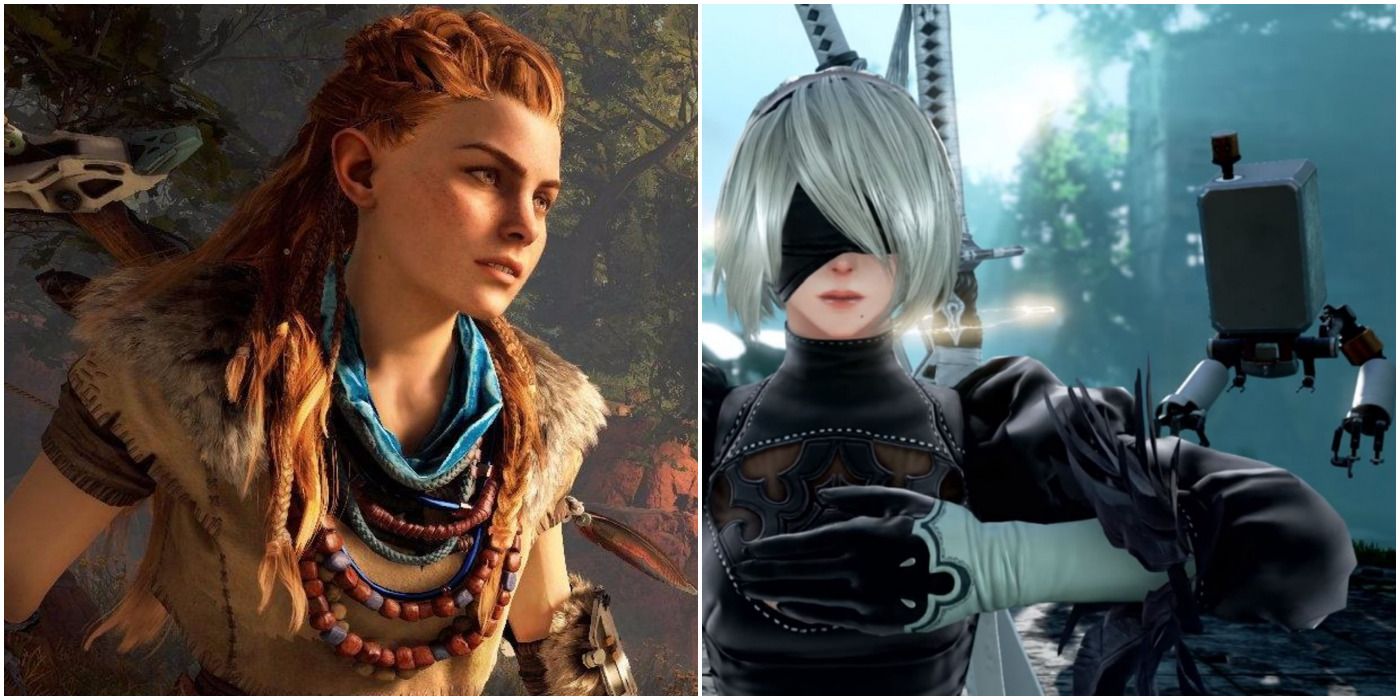
The 10 Sci-Fi Games With Female Protagonists (According To Metacritic)
From the spacefaring Samus Aran to the pistol-clad Bayonetta, here are 10 of the most prodigious female protagonists in sci-fi gaming.
Inspired by Ripley from the Alien movies, Nintendo R&D1 didn’t see a reason why women couldn’t be as tough in video games. But at the time, players wouldn't know she was a woman. They'd assume she was another spaceman until she revealed her true self when they beat the game fast enough (or used the Justin Bailey password).
7 Simon Belmont
Castlevania
- Platform(s)
- Nintendo Game Boy Advance , Nintendo Entertainment System , PC , Switch , PS4
- Released
- May 1, 1987
- Developer(s)
- Konami
- Genre(s)
- Action , Platformer
The Castlevania series has gone through many Belmonts, from Trevor in Castlevania 3: Dracula’s Curse to Julius in Aria of Sorrow. But the first one to swing a whip at Dracula was Simon Belmont in the first Castlevania. While his ancestors and descendants have taken the spotlight over the past few years, Simon has maintained his position as THE classic Belmont.
He’d introduce the series to the arcades in Haunted Castle, and the Sharp X36000 and PS1 via Castlevania Chronicles. Then he’d represent the series in ensemble games like Konami Wai Wai World, DreamMix TV World Fighters, and Super Smash Bros Ultimate. Richter may look cooler, and Alucard more stylish, but Simon's Conan-inspired design fits the 8-bit gothic horror look like a glove.
6 Mega Man
Another sign of Simon’s popularity was his appearance in Captain N: The Game Master. It wasn’t an accurate depiction at all, but it showed Castlevania was considered synonymous with the NES. But he wasn't the biggest hitter on the NES to make their way into that cartoon. That would go to a little green man who should've been a Blue Bomber.
Mega Man was Capcom’s mascot during the NES years, appearing in 6 mainline games during its lifetime. He made his tricky debut in Mega Man 1, then his iconic return in Mega Man 2, and his underrated run in Mega Man 3. On top of his challenging but fun combo of shooting, jumping, and copying the bosses' abilities, his games had a dramatic, anime flair that was more dynamic than his rivals.
5 Princess Peach
Super Mario Bros.
- Platform(s)
- Nintendo Entertainment System
- Released
- November 17, 1985
- Developer(s)
- Nintendo R&D4
- Franchise
- Super Mario
Neither of the Mario Brothers, Mario or Luigi, began their runs on the NES, but many of their future friends and foes would start off on the machine. Like Toad, the Mushroom Kingdom, and their ruler Princess Peach. Her kidnapping in Super Mario Bros. would be the first of many abductions that would set up some of the greatest games Nintendo would ever make, from the NES right up to the Switch.
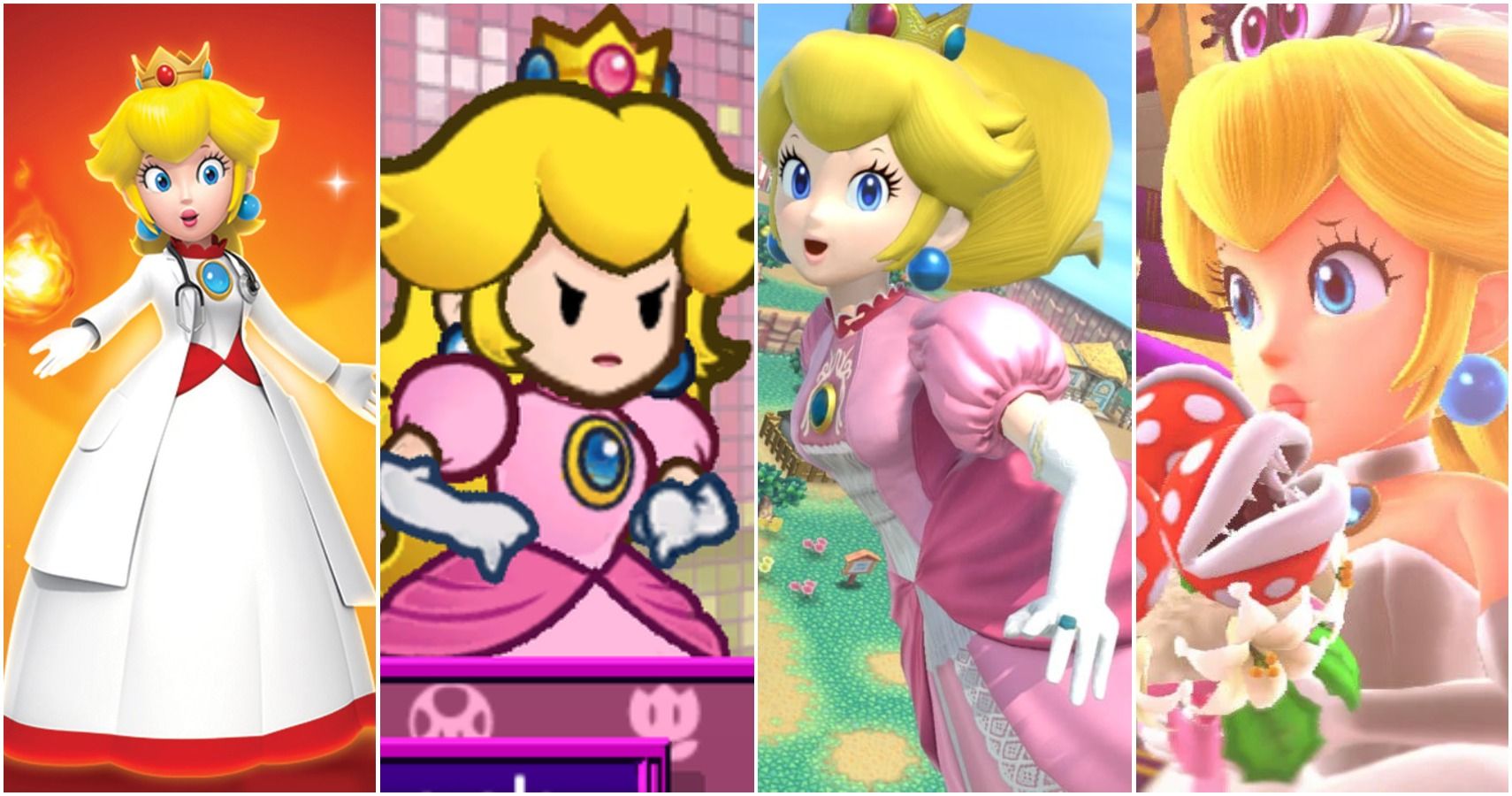
In Another Castle: 10 Crazy Things You Didn't Know About Princess Peach
Whether it's her deep, dark secrets or where her trademark weapons come from, fans will learn more about this pink monarch than they expected.
Yet, despite being Nintendo’s archetypical damsel in distress, Princess Peach could also give as good as she got, from her playable appearances in Super Mario Bros. 2 up to Super Mario Bros. Wonder to her own games like Super Princess Peach and the upcoming Princess Peach: Showtime! She’s even shown some attitude via Super Mario RPG, the Paper Mario games, and the Illumination movie. There’s more to Princess Peach than meets the eye, and there are many reasons why she's so iconic.
4 Bowser
- Super Mario Bros.
Without a villain, Super Mario Bros. would’ve been about two plumbers having a pleasant teatime with Princess Peach. Bowser, aka King Koopa, was originally designed as a gray, vaguely bovine turtle monster on the Famicom cartridge. But he’d soon shift into his iconic dragon-like design, as he'd continue his attempts to take over the Mushroom Kingdom and make Peach his bride.
He was big and intimidating, but not the sharpest tool in the shed (he practically beats himself in Super Mario Bros 3). But he didn't need to be an intellectual to run the player out of their lives. He just needed his flames and his heft. Bowser hasn’t always been Mario’s antagonist and has even aided the plumber in some games. Yet it’s hard to imagine the brothers fighting anyone else in their games' final stages, and Bowser remains the grand nemesis to Mario, and someone who will always want Peach as his bride.
3 Ganon
The Legend of Zelda
- Platform(s)
- Nintendo Entertainment System , Nintendo Game Boy Advance , 3DS , Wii , Nintendo Wii U
- Released
- February 21, 1986
- Developer(s)
- Nintendo EAD
- Genre(s)
- Action-Adventure
Nowadays, Ganon’s more humanoid bruiser form Ganondorf has taken center stage in The Legend of Zelda games. But when he’d invoke the Triforce of Power, his final form would often call back his origins as an evil porcine-like wizard from the original game. He still had the Triforce of Power in the first NES The Legend of Zelda, but he needed the Triforce of Wisdom to take over Hyrule.
That might be why he ended up being one of the game's hardest bosses, as he'd turn invisible and teleport around the field before blasting fireballs at Link. It took multiple slashes and a silver arrow to reduce him to ash. But later games like Zelda 2: The Adventures of Link and Link's Awakening would threaten players with Ganon's return.
2 Zelda
- The Legend of Zelda
Technically, the first The Legend of Zelda debuted on the Famicom Disk System, a console add-on that used Nintendo's version of floppy disks for players to save their game data. Metroid and Castlevania also appeared on the system first. However, the FDS was Japan-only, and notoriously faulty. So, those games eventually got a cartridge releases that used batteries to enable saving.
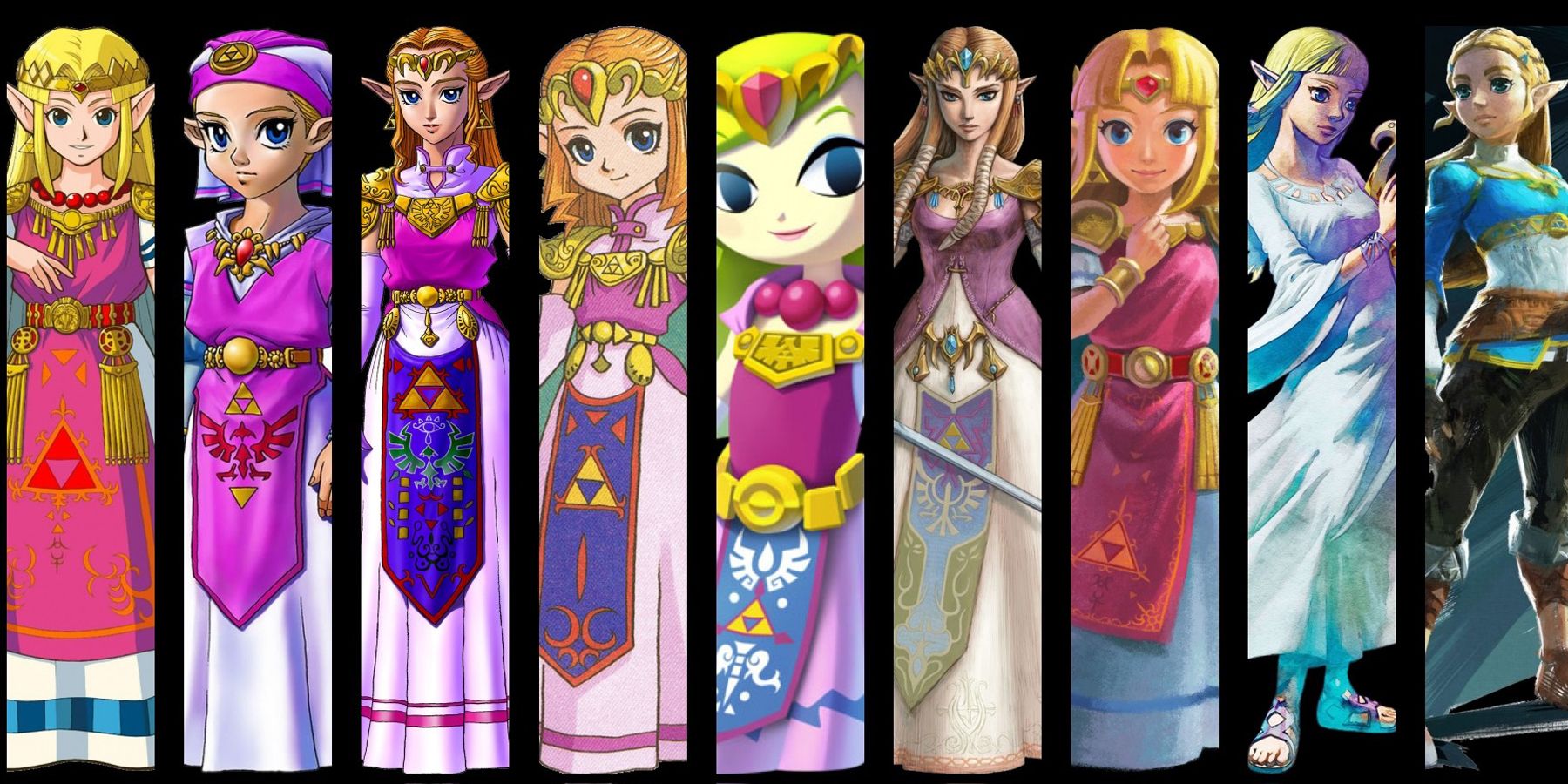
The Legend of Zelda: Every Reincarnation of Princess Zelda Explained
Princess Zelda has had many appearances throughout The Legend of Zelda franchise, but her various iterations can be broken down in a split timeline.
From there they'd reach the West and introduce them to Samus, Simon, Ganon, and the first Princess Zelda. She’s taken on different forms over the years, from more typical damsels in distress, to much more involved figures who'd fight alongside Link. In the original The Legend of Zelda, Zelda is somewhere in-between, as she stops Ganon from getting the Triforce of Wisdom by splitting it into 8 pieces and scattering them across the land. In retaliation, Ganon traps her in a sleeping spell.
1 Link
- The Legend of Zelda
Thus, it’s up to a plucky elven hero in a green tunic to find those scattered Triforce pieces, kill Ganon, and free both the Princess and Hyrule from his clutches. The player can name him anything they like, but canonically he’d be called Link to represent the ‘link’ between the player and the game world.
Link would also have multiple incarnations, from the more serious likes of Twilight Princess to the cute and cartoony look in The Wind Waker. Nonetheless, despite the series being named after Zelda, Link would represent the games across the decades, with his epic adventures offering players something more dramatic than Mario's fun frolics, providing players with a grand fantasy that continues to evolve with modern technology, as recent as Tears of the Kingdom.

